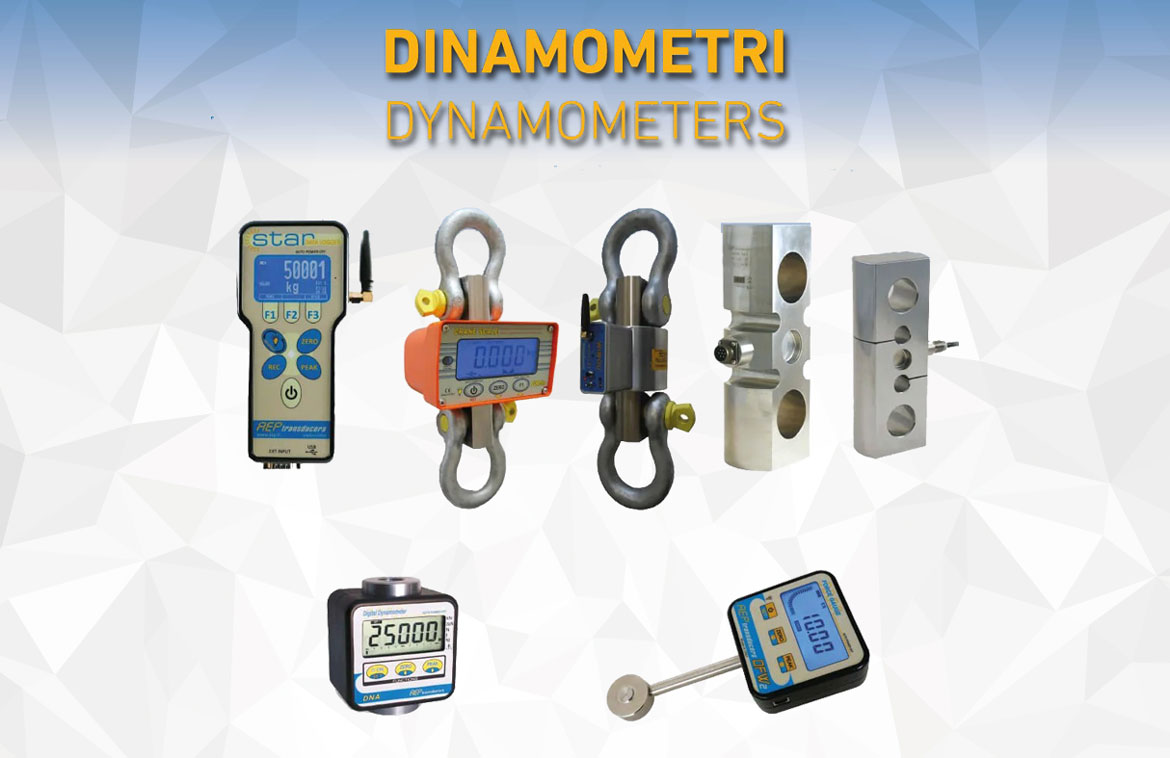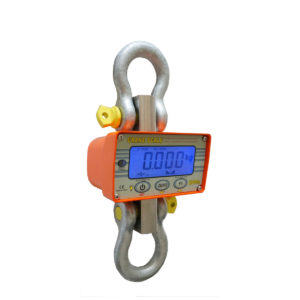How does a dynamometer work?

20
May 20How does a dynamometer work?
- 20 May 2020
- Redazione_AEP
The dynamometer is an instrument that we have been hearing about since school. Isn’t it? However, not everyone knows exactly what it is, let alone how it works. Yet, it can be a very useful tool both professionally and industrially. Sometimes it is also used in the home. Let’s go into detail right away.
The main features of the dynamometer
This instrument has always been used in the field of physics and mechanics, as it measures the intensity of a force. Since the first dynamometer until now, versions and evolutions of this instrument have not been missing. To date, there are different models and some of them are used in homes, industry and the medical sector. Among the variants available on the market, the most used ones are the most traditional and therefore the simplest and classic models, similar to the first invented dynamometers. These instruments are made by joining a series of components and, mainly, a metal or plastic tube inside which there is a spring connected to a graduated scale. In the lower part of the tube is anchored a hook almost always made of stainless steel.
How does this interesting tool work?
To the hook is attached the object of which you want to measure the intensity of force. The spring deforms and a certain value is obtained in Newton, dyne or kilograms, which is displayed on the graduated scale. This is the basis of how the dynamometer works.
More specifically, we can say that there are many professional dynamometers on the market and they are all calibrated according to certain European standards. Some are digital and some are mechanical. They differ from each other in their characteristics, functionality and practicality of use. The products also have a more or less high capacity. Therefore, differences in operation are not lacking. However, in order to function properly, they need to be hung from a very rigid surface and to remain stationary in a vertical position. They should not be moved even when reading the parameters.
Choosing the ideal dynamometer
Depending on your needs, you can choose the most suitable dynamometer for you from mechanical or digital instruments. For both types of product, the materials used (and their resistance), the operating specifications and any additional features must be evaluated before purchase. Both in the case of the display and the graduated scale or dial, you will have to consider its width and ease of reading. The latter may be an aspect to be analysed from a subjective point of view. For everything else, however, it will be necessary to make sure you are dealing with an efficient, qualitative, precise and reliable product. It must be useful, performing, suitable for your needs, practical to use and long-lasting.
Many types of dynamometer for all needs
AEP transducers deals with the design and production of dynamometers with nominal loads from 1 kg to 500 tons. Our products belong to the accuracy classes 0.05% and 0.20%, and are divided into different versions for compression and tensile applications. We invite you to view them on this site, in the section dedicated to them where you will find specifications and indications.



